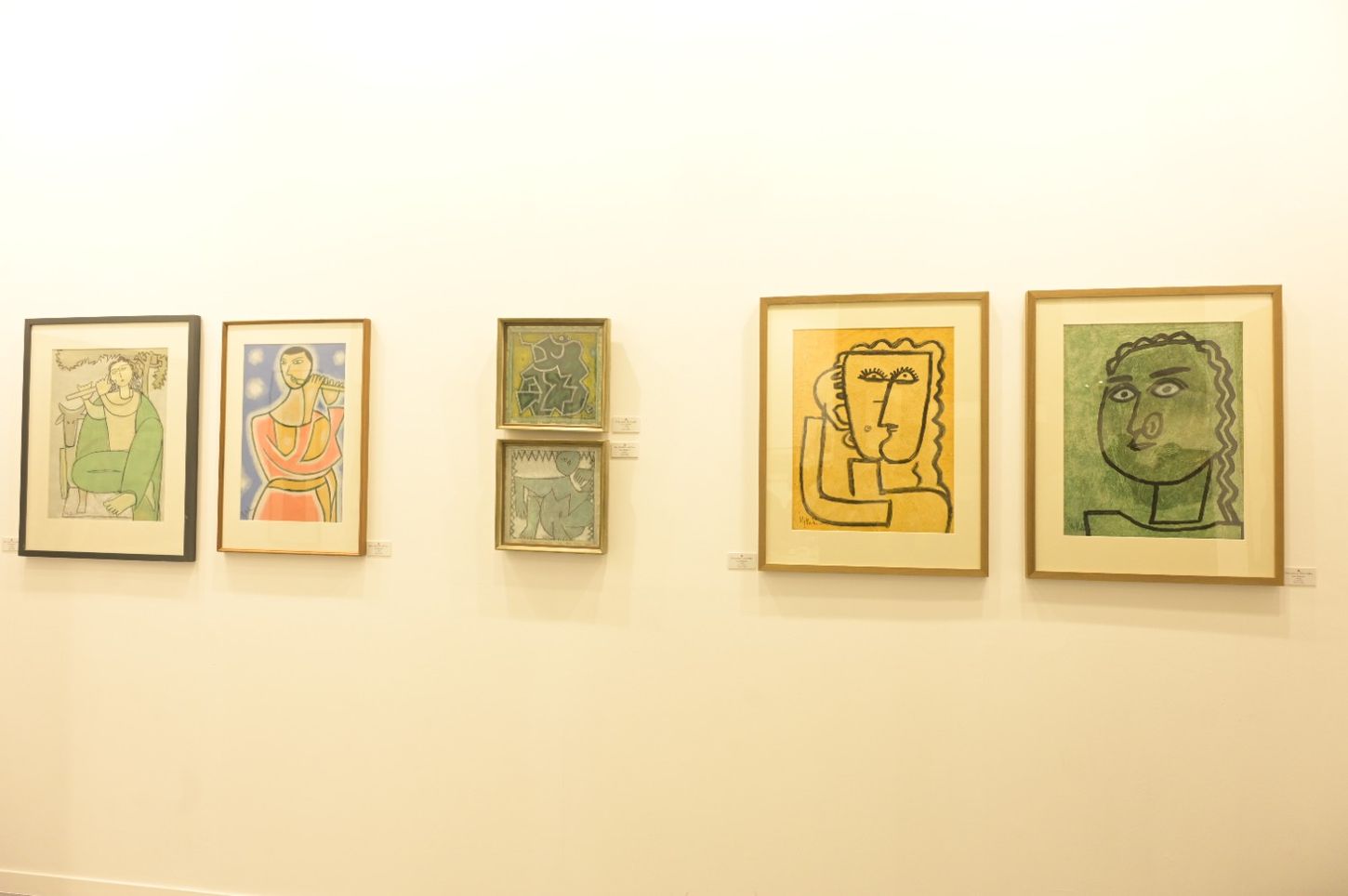
Image Credit - Hyperglot Review
Gallerie Ganesha has successfully promoted two young artists, Paresh Maity and Neeraj Goswami, who are now
regarded as artists of note on a national level. There have been numerous others, including, but not limited to,
Jayasri Burman, Sisir Sahana, Mohan Singh, and Devdatta Padekar. In earlier years, Shobha Bhatia, director and
founder of Gallerie Ganesha, was successful in raising the necessary awareness by offering a gallery environment
that was friendly rather than intimidating. The gallery serves as a platform and gathering place for both
artists and art enthusiasts and the idea that art should both please the eye and the heart is one that Gallerie
Ganesha still adheres to.
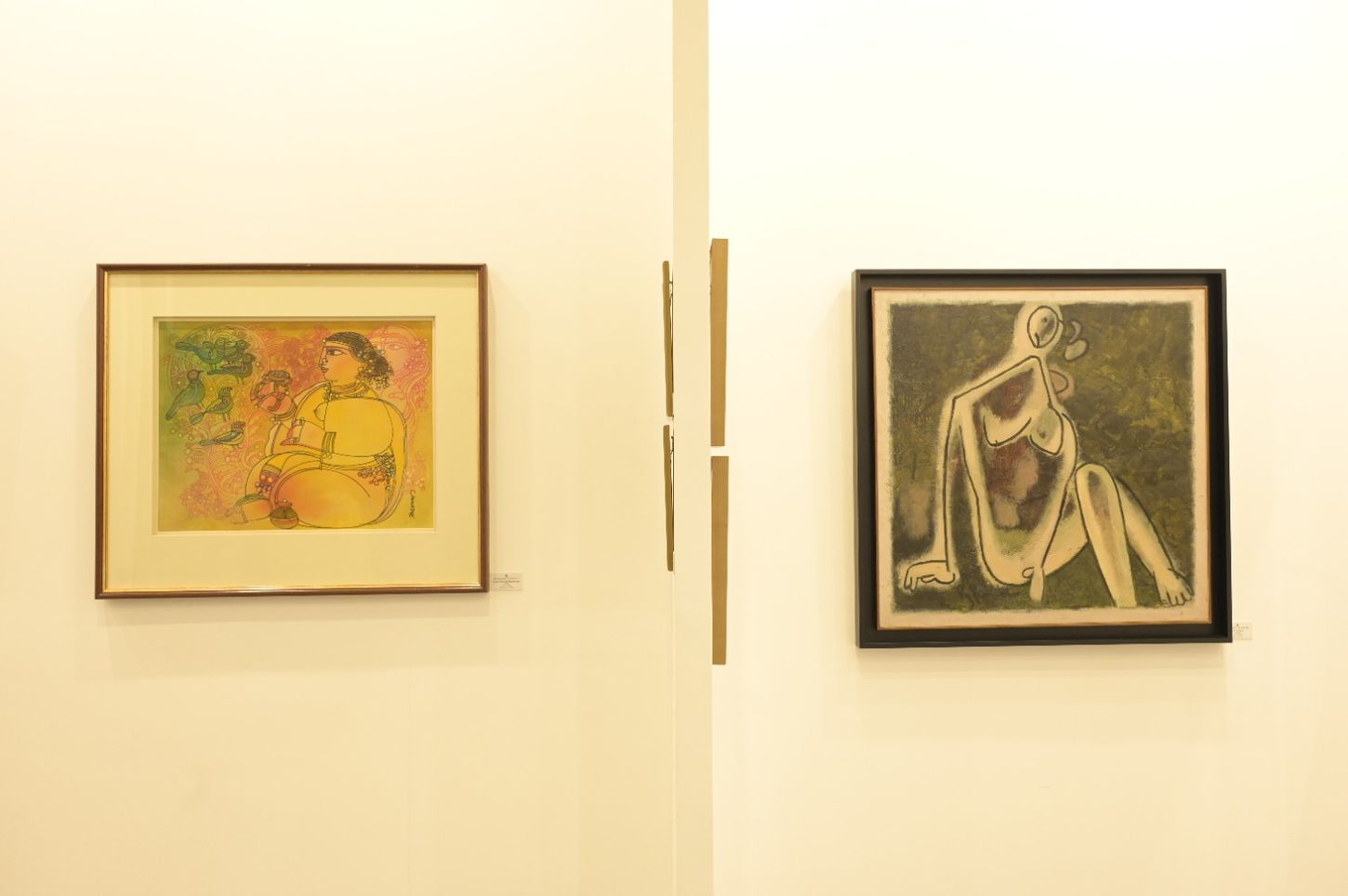
Image Credit - Hyperglot Review
Prof. K.S.Kulkarni
Prof. K.S.Kulkarni was one of the founders of the Triveni Kala Sangam in addition to being a teacher.
He also rose to the position of founding president of Delhi Shilpi Chakra, an organisation of artists
founded in 1949 to support and uplift young progressive minds in the Delhi region. At this point, Kulkarni
became known for his kindness as a teacher, an artist, and a leader in the establishment of institutions.
From 1969 to 1972, he served as a visiting lecturer at Skidmore College in New York. He was selected by
the Indian government as a National Emeritus Professor in 1984 for his great contributions to art. In
1985, the Sahitya Kala Parishad gave him the Parishad Samman.
Artists in Focus: IAF 2023
A Ramachandran, Ajoy Ghosh, Bimal Dasgupta, Biren De, Dhirendranath Brahma, Gopal Ghose, M B Gupta, M K Parandekar, Maniklal Banerji, P A Dhond, Paresh Maity, Prankrishna Pal, Ramananda Bandyopadhyay, Ramkinkar Baij, Sakti Burman, Shyamal Datta Ray, and Prof. K. S. Kulkarni.
Master Watercolourists
Since the mid-thirties, watercolour has been mostly overshadowed by the expanding power of the oil medium
for about four decades. Anathema to the purist school of the watercolour medium, the clean transparency of
watercolours were frequently combined with the application of gouache or body colour in the majority of
urban art centres in India. The medium nevertheless kept the incredible tonal richness that Abanindranath
Tagore, Gaganendranath Tagore, and Nandlal Bose had given it when they incorporated the technique that
had been developed from the conventional Sino-Japanese customs.

Image Credit - Hyperglot Review
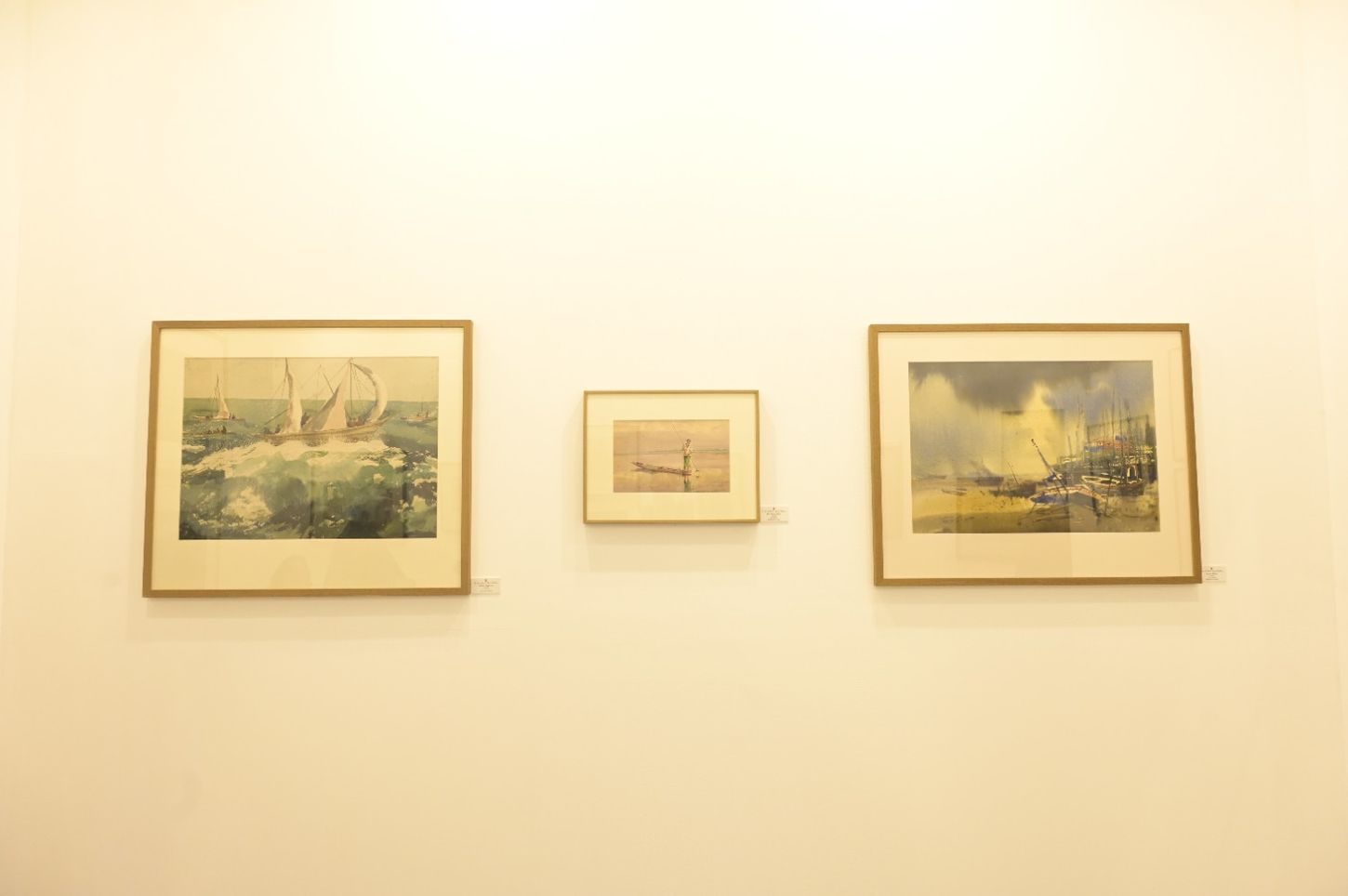
Image Credit - Hyperglot Review
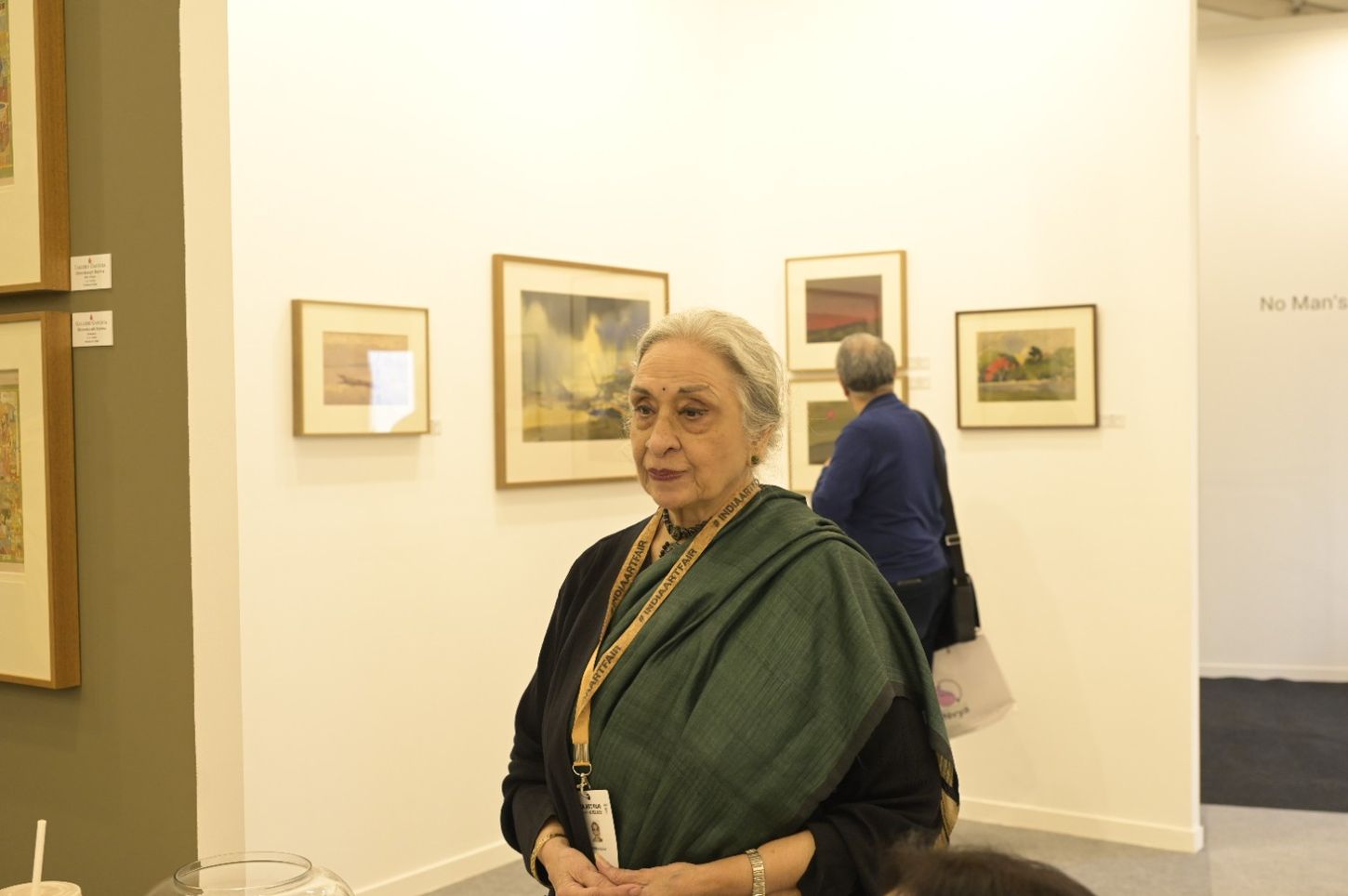
Image Credit - Hyperglot Review
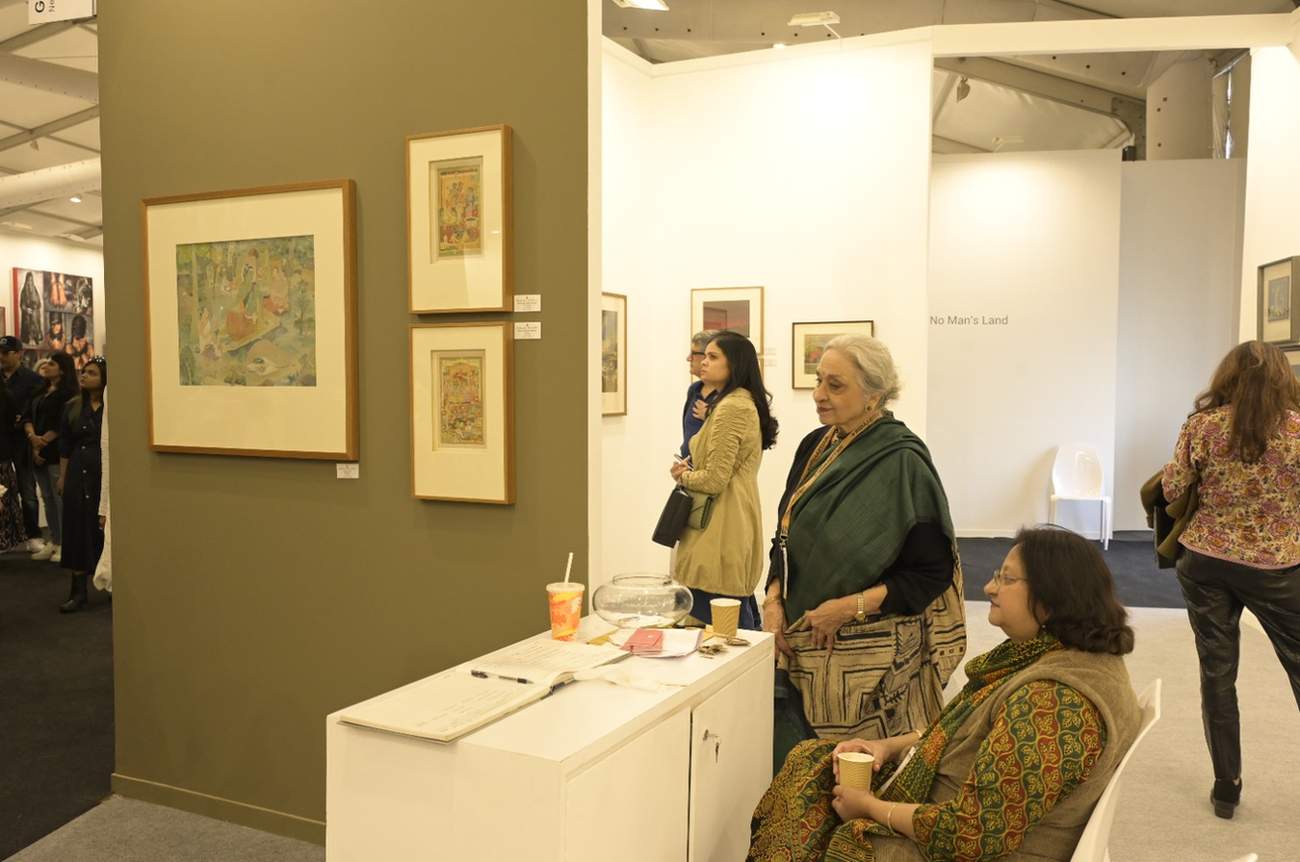
Image Credit - Hyperglot Review